How to Ensure Compliance with the I-9 Form: A Guide for Human Resources
.jpg)
The I-9 form, also known as the Employment Eligibility Verification form, is a critical document that employers in the United States must complete for each newly hired employee. It is used to verify an employee's identity and eligibility to work in the country. As a HR manager, it is crucial to understand and follow the guidelines to ensure compliance with the I-9 form requirements. In this article, we will provide you with a comprehensive guide on how to be compliant with the I-9 form.
- Understand the Purpose and Requirements of the I-9 Form: Familiarize yourself with the purpose and obligations associated with the I-9 form. The form is used to establish an employee's identity and work authorization status. Employers are required to complete the form within three business days of an employee's hire date.
- Obtain and Use the Correct Version of the Form: It is important to use the most recent version of the I-9 form to ensure compliance. The U.S. Citizenship and Immigration Services (USCIS) periodically updates the form, so regularly check the USCIS website to download the latest version.
- Provide Clear Instructions to Employees: Educate your employees about the purpose of the I-9 form and the importance of completing it accurately and on time. Provide clear instructions on how to complete each section of the form and answer any questions they may have.
- Complete Section 1 - Employee Information and Attestation: In Section 1 of the I-9 form, employees must provide their full legal name, address, date of birth, Social Security number (if applicable), immigration status (if applicable), and sign and date the form. Ensure that the information provided is accurate and matches the supporting documents.
- Verify Identity and Employment Authorization: In Section 2 of the I-9 form, employers must physically examine and verify the employee's original documents that establish both identity and employment authorization. The USCIS provides a list of acceptable documents, which include passports, driver's licenses, and Social Security cards. Review the documents carefully, record the information, and complete the employer's certification.
- Retain and Store Completed Forms: It is crucial to maintain proper records of completed I-9 forms. Retain the forms for three years after the employee's hire date or one year after the termination date, whichever is later. Store them securely and be prepared to present them for inspection during an audit by the USCIS.
- Conduct Periodic Self-Audits: Regularly review and audit your I-9 forms to ensure compliance. Identify any errors, omissions, or outdated forms and take corrective actions promptly. Self-audits can help you identify and rectify issues before any official audits occur.
- Stay Updated with Changes in I-9 Form Requirements: As an employer, it is your responsibility to stay informed about any updates or changes to I-9 form requirements. The USCIS may release new guidelines or revise the form, so regularly monitor their website or subscribe to their email updates to stay current.
- Seek Professional Assistance if Needed: If you are unsure about any aspect of completing the I-9 form or need assistance with compliance, consider seeking guidance from immigration attorneys or HR professionals who specialize in immigration law.
- Train Your HR Staff: Ensure that your Human Resource Department responsible for completing and maintaining I-9 forms are properly trained on the requirements and procedures. Investing in their training will help prevent errors and ensure consistent compliance.
By following these guidelines, you can ensure compliance with the I-9 form requirements and minimize the risk of penalties or legal issues. Remember, maintaining accurate and up-to-date records is essential for a smooth and compliant employment verification process.
Trending now

Why do medical devices need FDA approval?
Blog
Top 10 HR Compliance Challenges in USA
Blog
Medical Device Regulations in the USA
Blog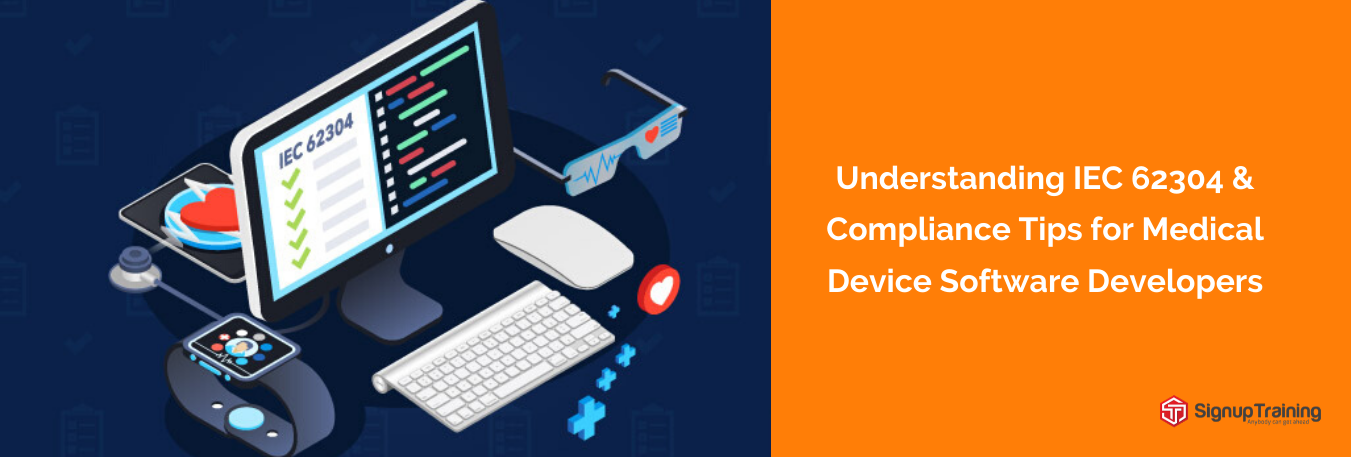
Understanding IEC 62304 & Compliance Tips for Medical Device Software Developers
Blog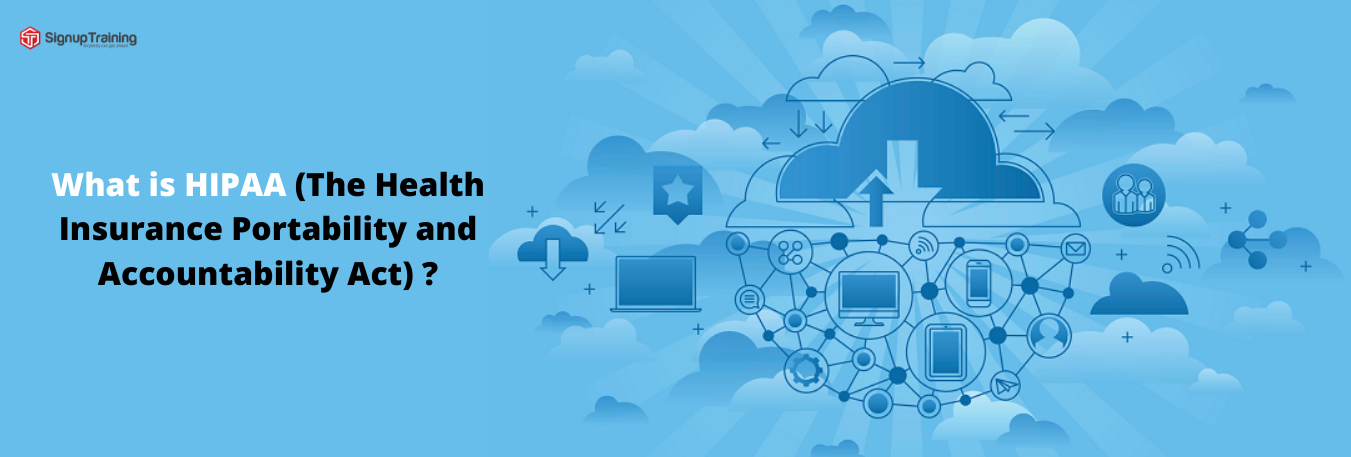
What is HIPAA (The Health Insurance Portability and Accountability Act) ?
BlogFDA Steps to Ensure Quality of Foreign Products
Blog
6 Skills that Make for a Great Human Resources Manager
Blog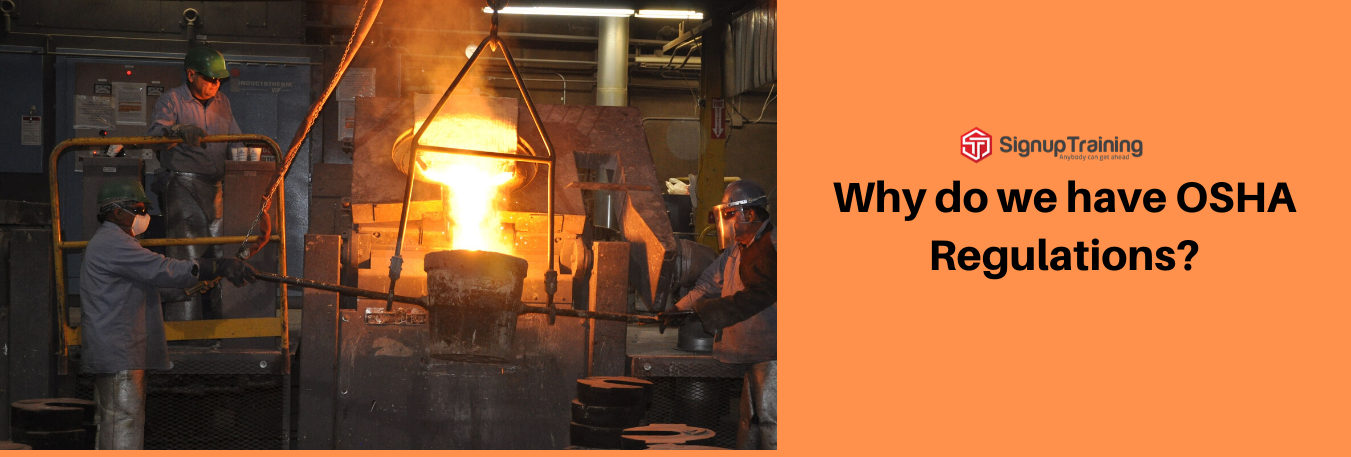
Why do we have OSHA Regulations?
Blog21 CFR part 11 compliance - key factors that every FDA regulated business should know
BlogWhy is 21 CFR Part 11 Compliance Important?
BlogWhat are the Key Factors (Essentials) for 21 CFR Part 11 Compliance?
BlogFDA Regulated Firms Must Ensure Part 11 Compliance to Generate Accurate and Usable Data
Blog
Know how to Survive an OSHA Audit
Blog
Top 5 Job Opportunities in Biotechnology
Blog
5 Key functions of HR Management
Blog
Cybersecurity Threats Upcoming in 2023
Blog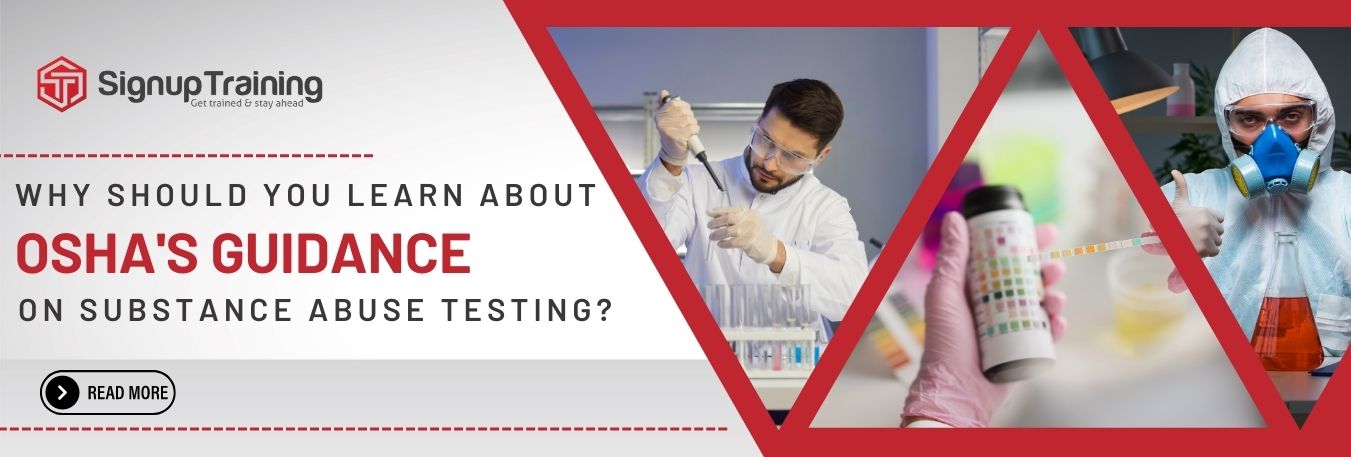
Why Should You Learn About OSHA's Guidance on Substance Abuse Testing?
Blog
Importance of SOPs in the Pharmaceutical Industry
Blog
Non-Compliance on 1099 Filing: Consequences and Best Practices
Blog
Artificial Intelligence (AI) in Healthcare: A Boon or Bane?
Blog.jpg)
How to Ensure Compliance with the I-9 Form: A Guide for Human Resources
Blog
Effective OSHA Audit Observations and Best Practices
Blog
How to Land Your Dream Job in Accounting: Top Tips and Career Options
Blog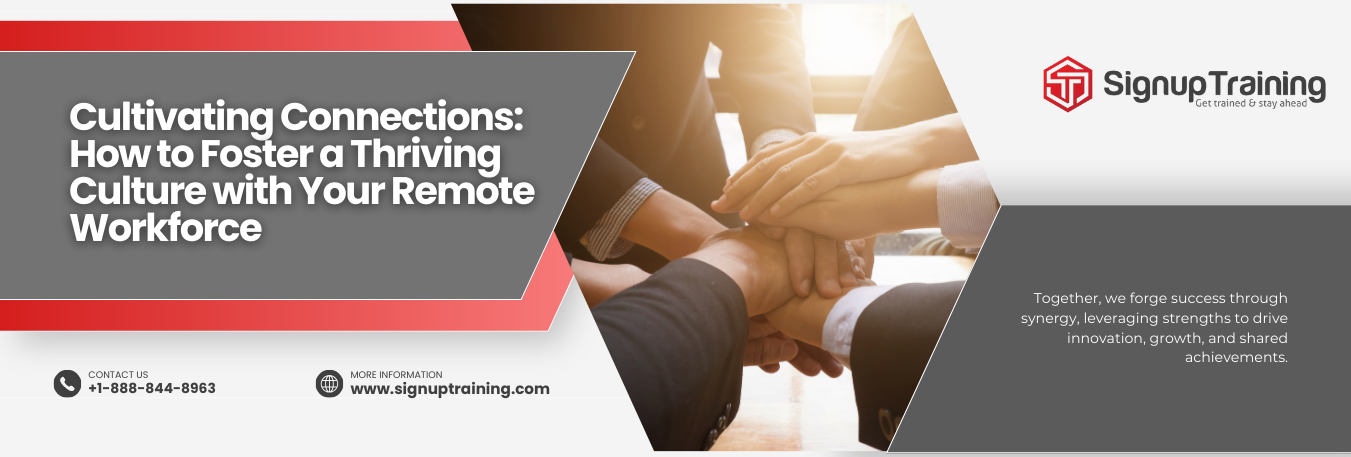
Cultivating Connections: How to Foster a Thriving Culture with Your Remote Workforce
Blog
The Transformative Power of Artificial Intelligence in Biotechnology
Blog.png)
6 Steps to Building an Effective Hazard Communication Program (EHS)
Blog